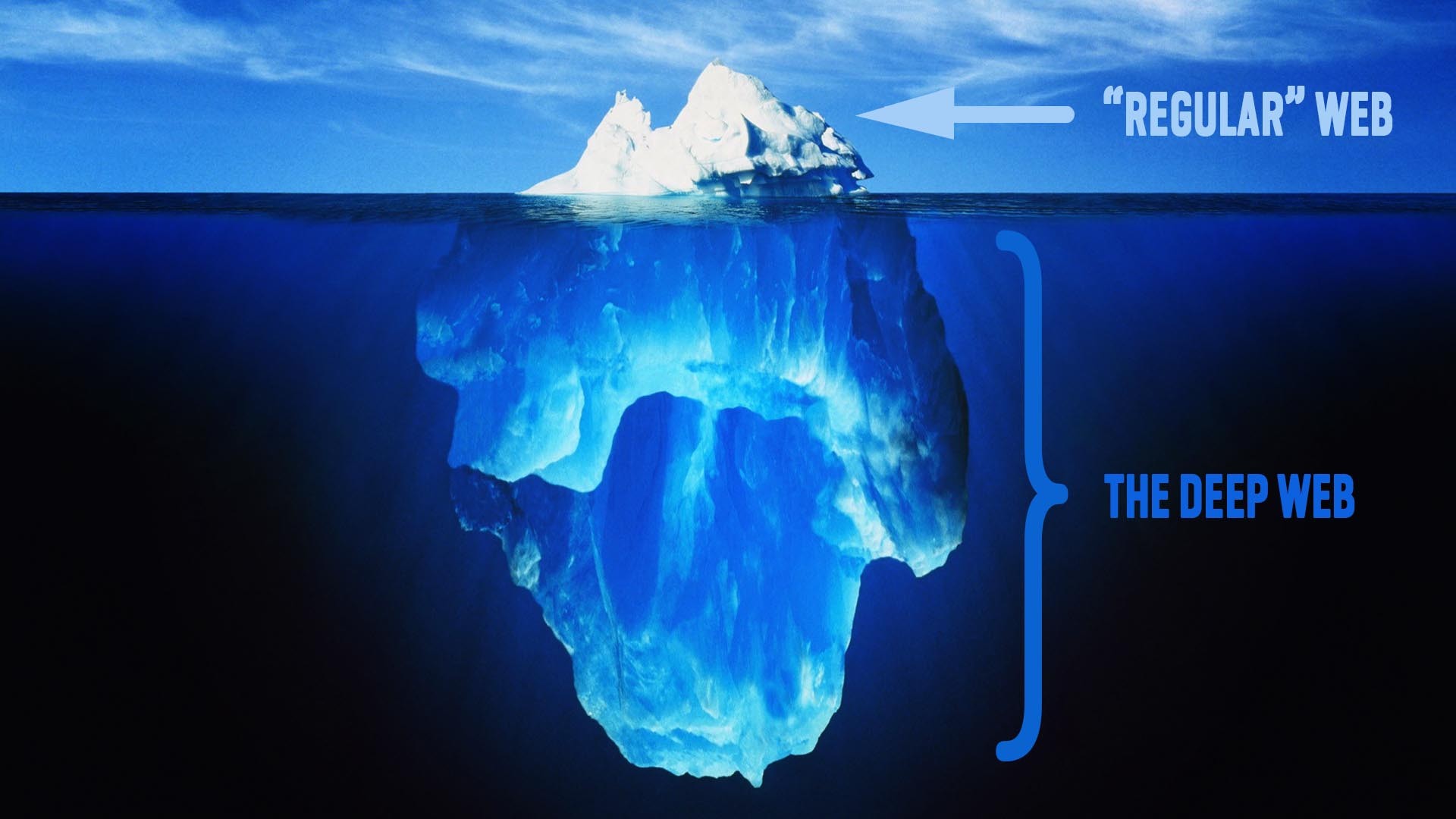

- #Deep web iceberg explained how to#
- #Deep web iceberg explained archive#
- #Deep web iceberg explained software#
- #Deep web iceberg explained series#
Some go so far as claiming that the shadow web is nothing more than a rumor and that the dark web is as deep as it gets. This would be the part of an iceberg beneath the water, much larger. Given that such a small fraction of the general population are familiar with the dark web, it makes sense that an even smaller fraction would have accessed it if there was a shadow web. The deep web rests below the surface and accounts for approximately 90 of all websites. Though this may all sound pretty scary, the existence of the dark web has not actually been proven. It would seem that, with each layer of the web, things just get darker. Those who claim to have accessed the shadow web state that you can find all manner of disturbing content. So, what can you find on the shadow web? Well, it's not pretty. And, as you may have guessed, the shadow web is rumored to be a lot more dubious and sinister than any of the layers above. Some claim it is protected by a paywall, only accessible through the dark web (which also requires the non-traditional Tor browser to access). There are lots of different reports on what the shadow web actually is. The Shadow Web is allegedly the next step further from the dark web. After this comes the deep web, and then the dark web (basically a subset of the deep web). Surface web and Deep web explained with iceberg chart. This is what most people regularly use for things like shopping, paying bills, or watching YouTube. Bergman is credited with inventing the term in 2001 as a search-indexing term. It also protects those who simply value their privacy and aren’t doing anything illegal but don’t want their browsing habits tracked.At the surface is, you guessed it, the surface web. Facebook recently established a direct connection to Tor, allowing users in these areas anonymous access to their site. Some governments censor the Surface Web, blocking certain web sites and monitoring their citizens’ online activities.
#Deep web iceberg explained software#
The software was developed by the United States government to protect whistleblowers, dissidents who live under repressive political regimes and others who would be in danger if their identities were compromised. Like the Deep Web itself, Tor does have legitimate uses. This makes Tor users much more difficult to track online.
#Deep web iceberg explained series#
It also anonymizes users by bouncing their web traffic through a randomized series of encrypted servers located around the world. So if the Deep Web isn’t indexed by normal search engines, how do users navigate it? The answer lies in browser software called The Onion Router, or Tor for short. The Deep Web contains pages where criminals use a type of digital currency called Bitcoin to trade and sell everything from stolen credit card numbers to illegal drugs. Unfortunately, cyber criminals also use the Deep Web for communication and to hide their illicit activities.
#Deep web iceberg explained how to#
Aerospace engineers could find data on how to build safer airplanes. Doctors could access information currently hidden in archived databases about new research and medical procedures. The information locked away in the Deep Web is valuable. Collectively these resources hidden from search engines are called the Deep Web. Subpages on public web servers that are not linked to other pages do not show up in search results, but if someone knows the page URL they can access the page directly by typing it into their browser’s address bar.
#Deep web iceberg explained archive#
Hidden pages include unpublished blog posts, forums that force users to log in before they can view the contents and news sites that archive their stories for paid subscribers only after a specific amount of time. While the web is growing constantly, cybersecurity experts know the vast majority of web pages are inaccessible to search engines. These publically viewable pages are part of the Surface Web, but they’re just the tip of an iceberg. Modern search engines like Google, Yahoo and Bing use programs called spiders that crawl the web and find links between the main page on a site and its linked subpages. The development of automated search engines made it much easier for users to find information. It was cumbersome and links were often outdated. In the early days of the web there were no search engines, and people relied on finding information using pages with long lists of HTML links.

The World Wide Web is a vast and always changing network of web pages.


 0 kommentar(er)
0 kommentar(er)
